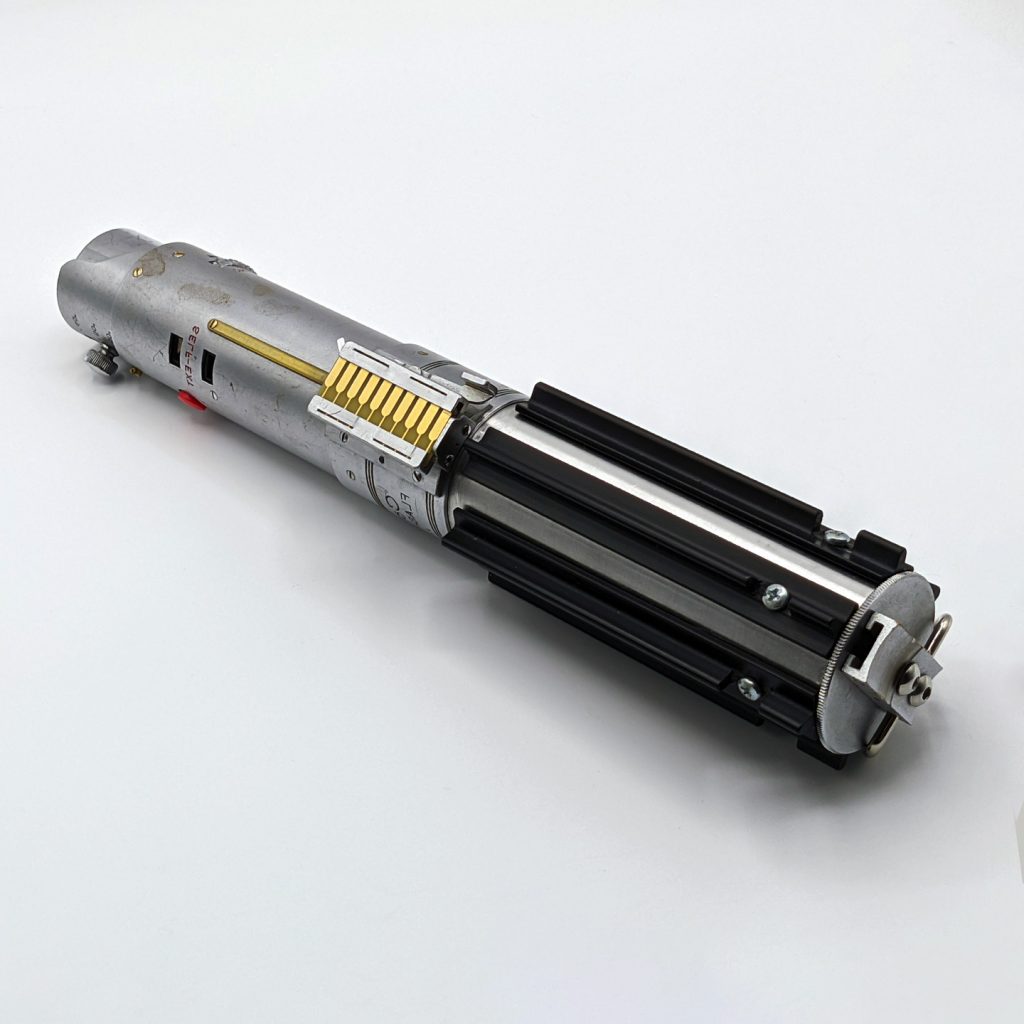
Bridging the Past and Present of Flash Photography
In the ever-evolving world of photography, certain artifacts hold a special place, not just as objects of the past, but as windows into the history and progress of the craft. The Canon Flashgun Model Y is one such gem—a vintage flash unit that not only captured moments in its time but also symbolizes the artistry and technical prowess of an era. Join us as we dive into the technical specifications and history of the Canon Flashgun Model Y, and discover the magic it brought to the world of flash photography.
Technical Specifications
- Compatibility: Designed for Canon rangefinder cameras, the Model Y was compatible with Canon P, Canon 7, Canon 7s, and Canon 7sZ cameras. This seamless integration ensured photographers could enhance their low-light photography without compromising their camera’s performance.
- Flash Power: The Model Y boasted a guide number of approximately 22 meters (72 feet) at ASA 100. This allowed for well-illuminated shots even in challenging lighting conditions, adding versatility to the photographer’s toolkit.
- Manual Operation: Unlike contemporary flashes with automated TTL metering, the Model Y operated entirely manually. Photographers had full control over flash output and settings, requiring a deep understanding of exposure principles for optimal results.
- Synchronization: The flash synchronization was achieved through a rail mount or accessory shoe attachment. This synchronization was essential to prevent “flash lag,” ensuring the flash fired in harmony with the camera’s shutter mechanism.
- Design: The Model Y’s elegant design showcased the meticulous craftsmanship of its time. Its metal casing, polished finish, and streamlined form exuded sophistication and style, reflecting the aesthetic sensibilities of the era.
- Power Source: The flash was powered by disposable flashbulbs, which were common during its time. The photographer would manually attach a flashbulb to the unit before each shot.

The History
The Canon Flashgun Model Y emerged in the 1960s, a period marked by advancements in photography technology and the shifting landscape of photographic equipment. Analog cameras were evolving, and the demand for accessories that could enhance their capabilities was burgeoning.
The Model Y wasn’t just a tool; it was a bridge between the art of photography and the science of light. Its manual operation required photographers to master the intricacies of exposure, fostering a deeper connection with the photographic process. By offering compatibility with Canon’s rangefinder cameras, it became an integral part of photographers’ gear, assisting them in achieving well-exposed images even in challenging lighting conditions.
As the decades have passed and photography technology has progressed by leaps and bounds, the Canon Flashgun Model Y remains a testament to the dedication and innovation of its time. It reminds us that even in an era before digital advancements, photographers and engineers were pushing boundaries to capture moments with finesse and creativity.
A Glimpse into the Past, a Tribute to Innovation
In an age of instant digital imagery, exploring vintage artifacts like the Canon Flashgun Model Y offers a window into the roots of photography. Its technical specifications tell a tale of manual control, compatibility, and design elegance. Its history reminds us that photography has always been a blend of artistic expression and technical ingenuity. As we celebrate the achievements of the present, let’s not forget the flashes of brilliance that have illuminated the path before us.
Growing Legacy through Lightsaber Creation
People nowadays create unique lightsabers using various components, particularly customized takes on the Graflex designs known as “Scrapflex”. The inspiration for this one was drawn from the Empire Strikes Back aesthetic. This particular vintage flash features the iconic T-track grips affixed by screws, an ESB-themed PCB-card, and a D-ring. Eethan from the RPF has truly impressed me with his work on this piece. He ingeniously preserved the Micro-sync wheel’s functionality and even adapted the bottom plate to ensure a solid fit. The lower section is a complete custom creation, including modifications to the tube to align with the upper flash section. He even recreated the well known “J-Lock-System”. For the grips and D-ring, he utilized parts from Roy’s collection at Wannawanga.com. It’s evident that significant modifications were also made to the emitter. This truly looks like what the Graflex from the Empire Strikes Back could’ve looked if they would’ve used a japanese made Canon flash instead of the american Graflex.








